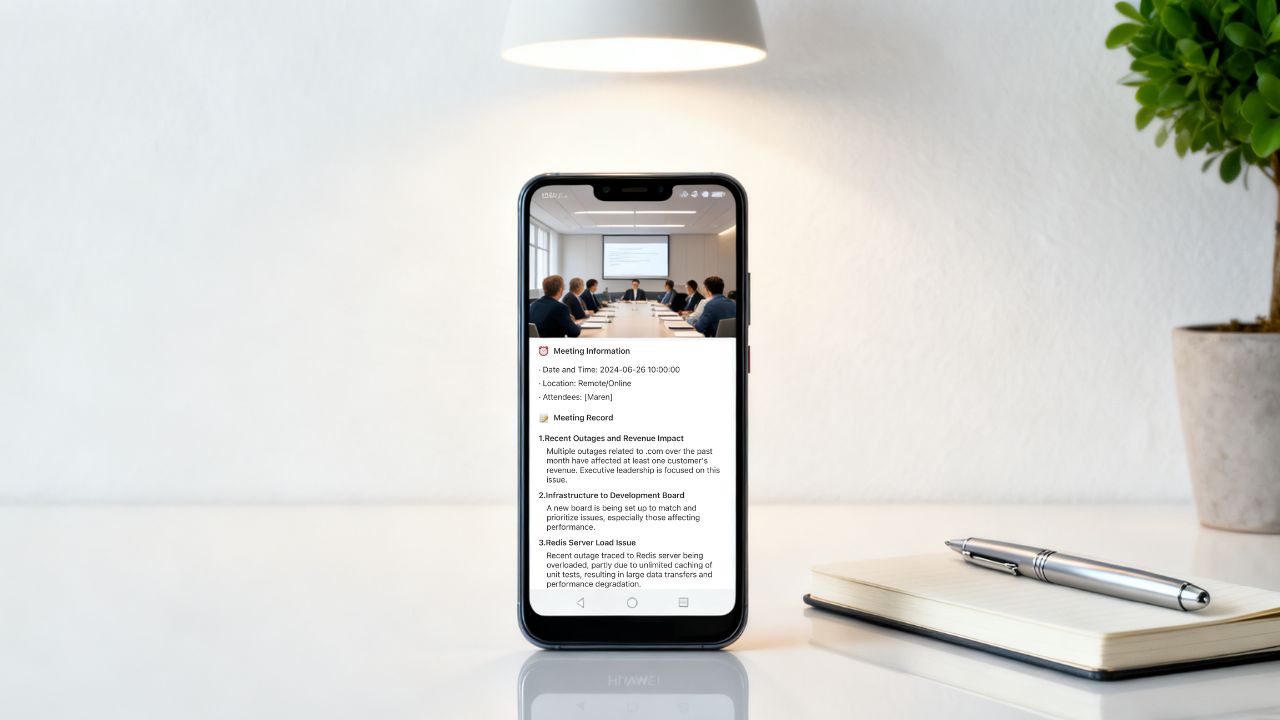Ever been there — exams are just a week away, and you still have dozens of lectures untouched? We’ve all been that student frantically skimming slides at 2x speed, hoping something sticks. But here’s the good news: studying smart doesn’t require months of prep — just the right strategy.
In this guide, we’ll walk you through a proven method to study faster, retain more, and actually understand your lectures — all without burning out.
🎯 Step 1: Skim Smart — Don’t Drown in Slides
Start by downloading your lecture slides. Don’t dive into details yet — just skim through them for 5–10 minutes. Look for main topics, subtopics, and how the lecture is structured. Ask yourself:
For example, if you’re studying heart arrhythmias, note how they’re split into bradycardia and tachycardia, or narrow and broad complexes. Just noticing this structure helps your brain create mental “folders” for later.
📺 Step 2: Watch a Short Explainer
Instead of rereading the same confusing paragraph five times, hop onto YouTube and watch a short video explaining the same concept.
Seeing visuals or animations often makes abstract ideas click instantly. If a video explains arrhythmias by mapping them to parts of the heart’s electrical pathway, that’s gold — it gives you a mental picture to build on.
✍️ Step 3: Write and Categorize
Now, jot down the main subtopics and keywords you noticed. Group them logically — by process, function, or location.
When you categorize, you force your brain to link ideas instead of memorizing random facts. For instance, linking “atrial fibrillation” to “supraventricular tachycardia” helps you remember how it fits in the bigger picture.
🧠 Step 4: Build a Mind Map
Mind maps are your best friend for visual learning.
Draw your topic in the center (e.g., “Arrhythmias”) and branch out into categories. Get creative — color-code, add small doodles, or even ECG sketches. The more personal and visual your mind map, the easier it’ll be to recall during exams.You’ll be surprised how drawing concepts instead of writing paragraphs helps lock everything in long-term memory.
⚡ Step 5: Layer Your Learning
Once you’ve built a foundation, go back to your slides. But here’s the trick — don’t try to memorize every word. Only read and understand the parts that now make sense based on your base knowledge.
Learning happens in layers — each pass adds depth. What didn’t make sense before will click after you’ve built the framework.
❓ Step 6: Create Recall Questions
Instead of rereading your notes endlessly, turn them into questions.
For example:What are the main types of tachycardia?
Which part of the heart’s pathway does atrial flutter affect?
You can store these in a document or — better yet — use a smart note-taking tool to organize them visually.
🎙 Study Hack: Record and Summarize with Ailith RecNote
If you want to take this method to the next level, try using an AI-powered voice recorder like Ailith RecNote.
While attending lectures or group discussions, RecNote automatically transcribes and summarizes everything — even if you zone out for a minute. Its AI noise cancellation ensures clear audio, while the built-in auto-summary and export features help you instantly organize lecture content into concise notes.
No more endless rewinding or messy transcripts. You can review key points and add them directly to your mind maps or recall notes — a huge time-saver for students juggling multiple subjects.
🔁 Step 7: Revisit and Refine
Once your foundation is strong, loop back to the finer details. Read through your slides again, but now you’ll actually understand what they’re saying. Each pass builds on your previous knowledge, turning what used to be confusion into clarity.
💡 Bonus Tip: Batch Related Topics
If you have multiple lectures on related subjects, skim and map them together. It’ll save time and help you connect overlapping concepts naturally.
Final Thoughts
Studying doesn’t have to be painful or repetitive. With this step-by-step system — skim, watch, categorize, map, question, and record — you can turn a 3-hour lecture into a 30-minute study session that sticks. And if you pair this method with tools like Ailith RecNote, you’ll transform your study routine into a seamless, AI-assisted workflow that lets you focus more on understanding, not just memorizing.





